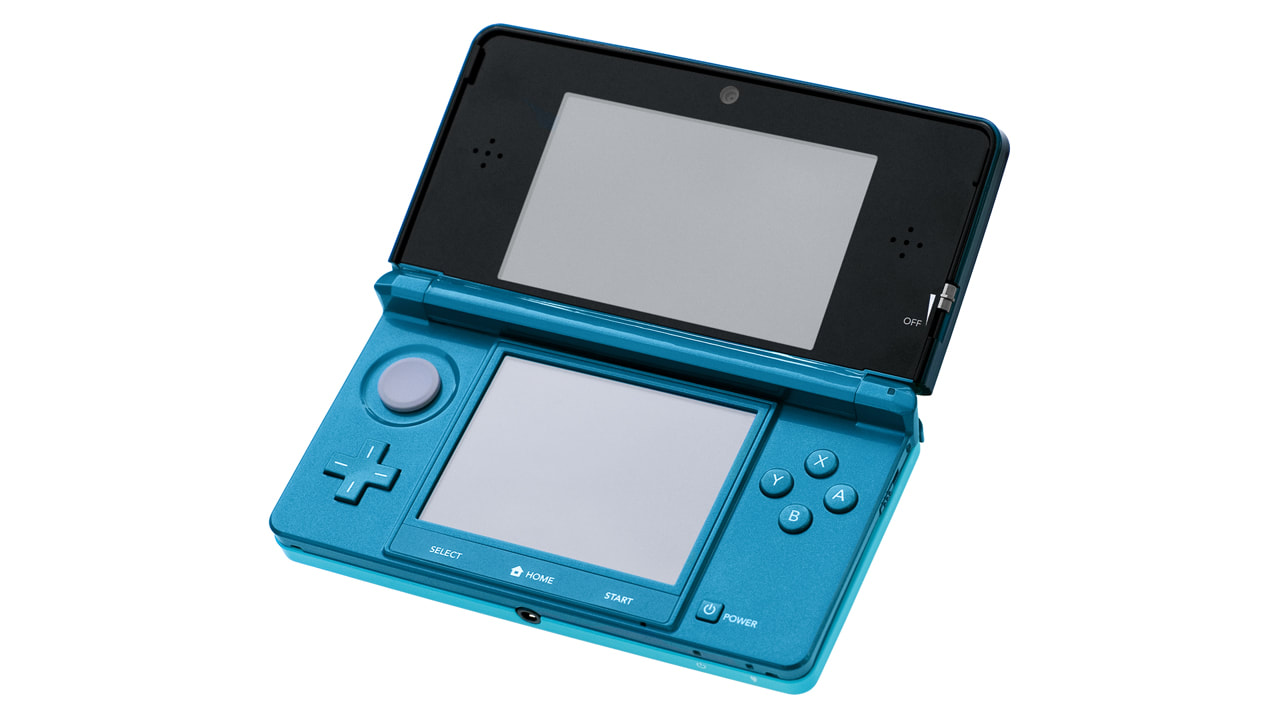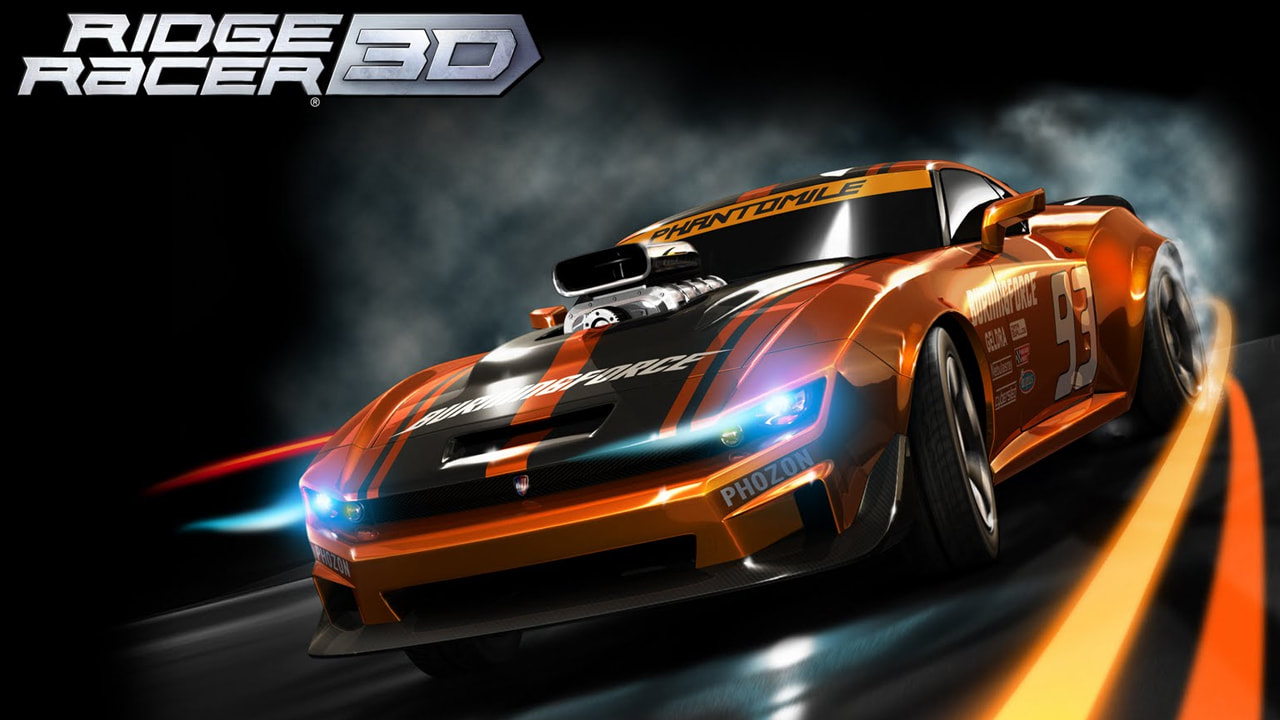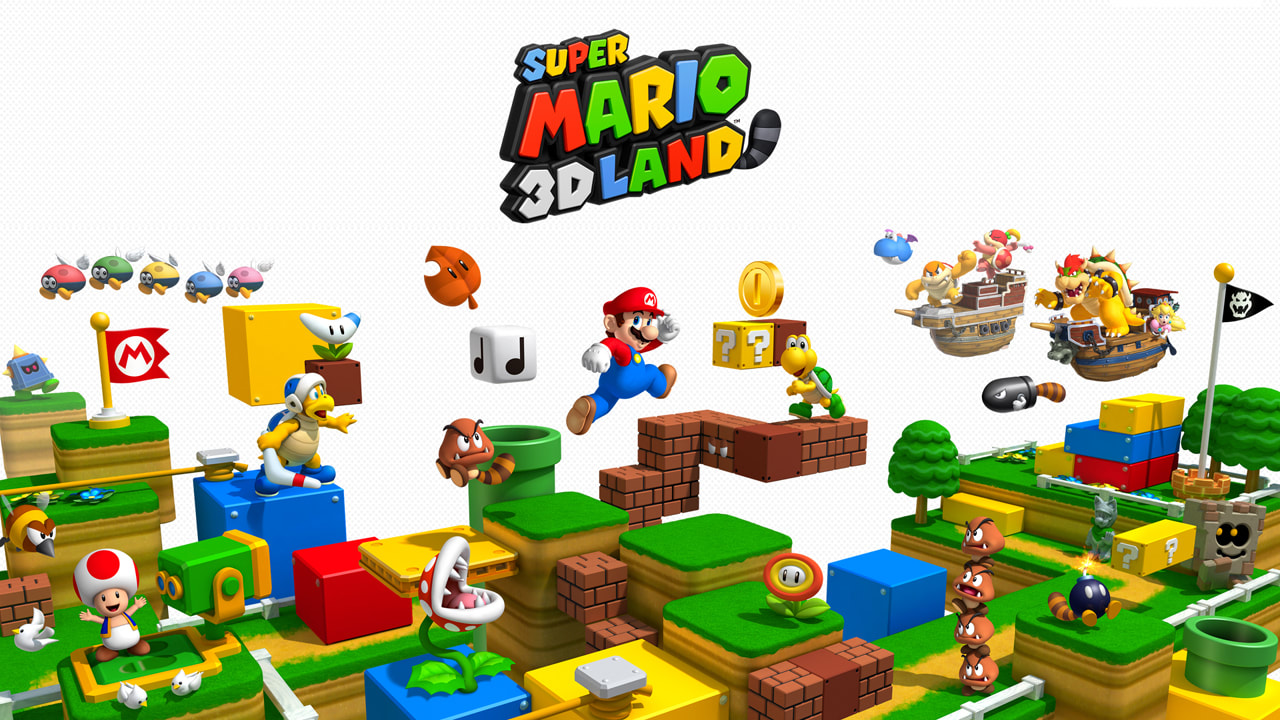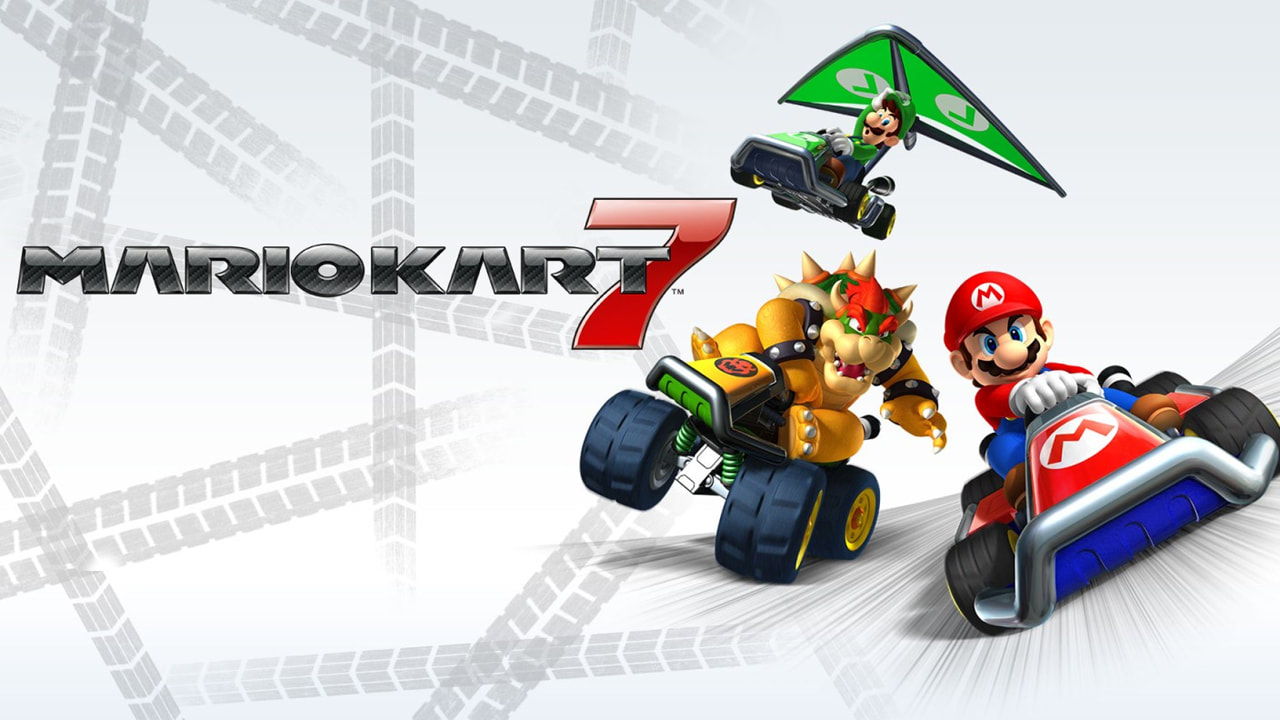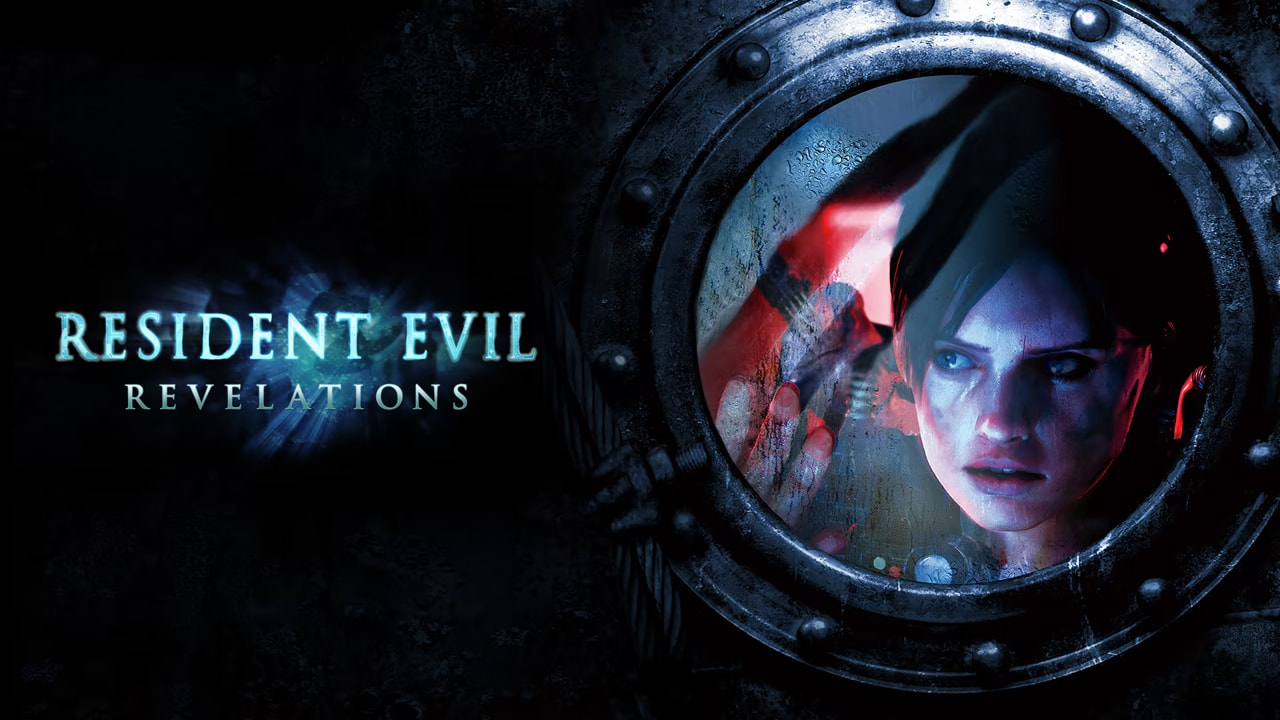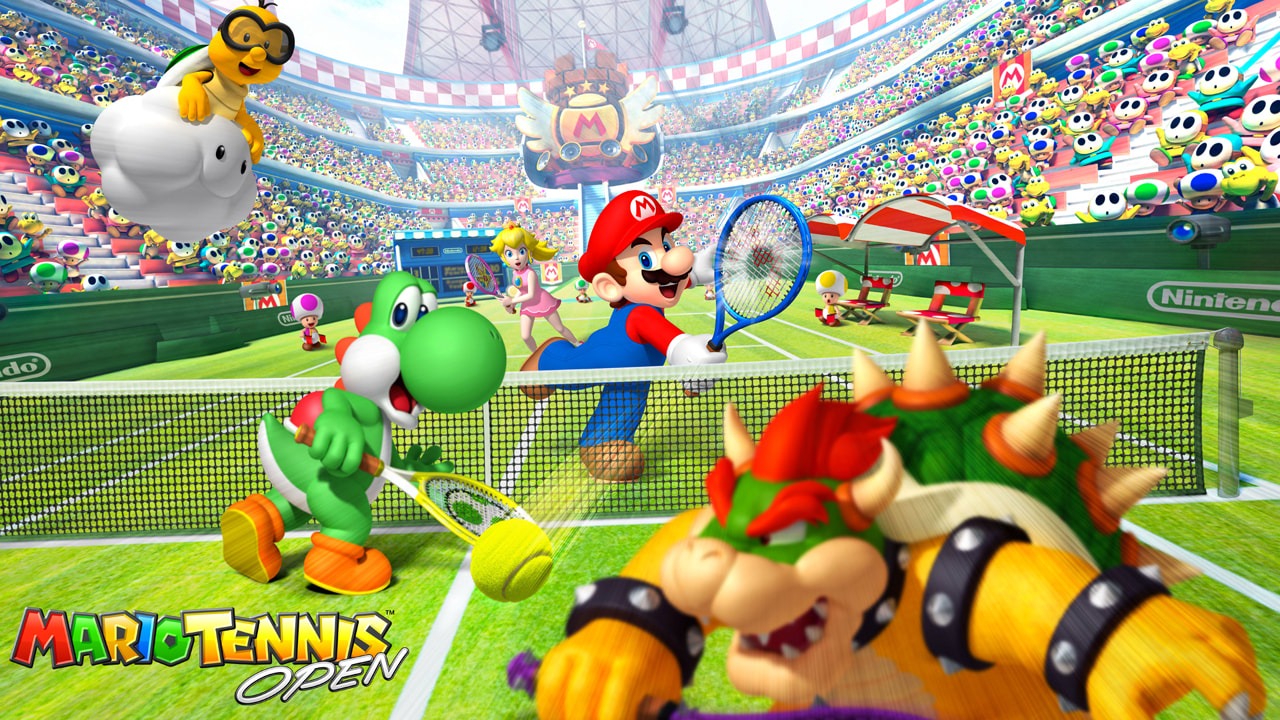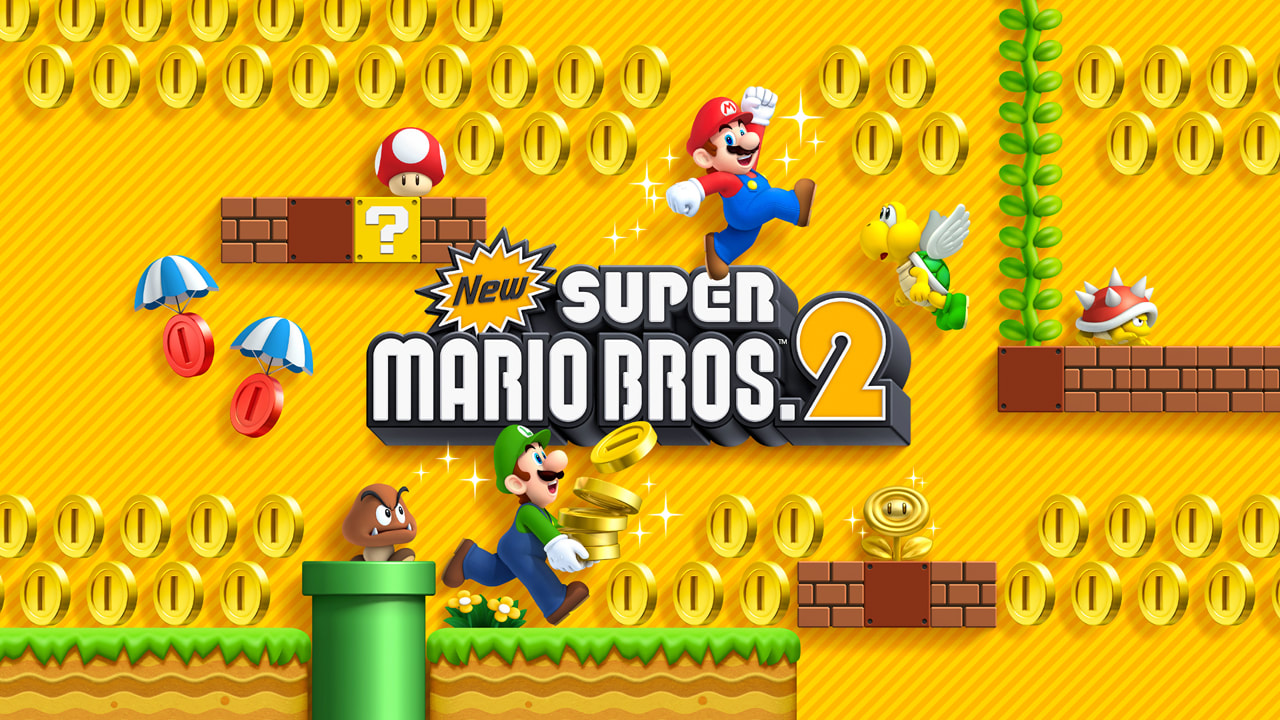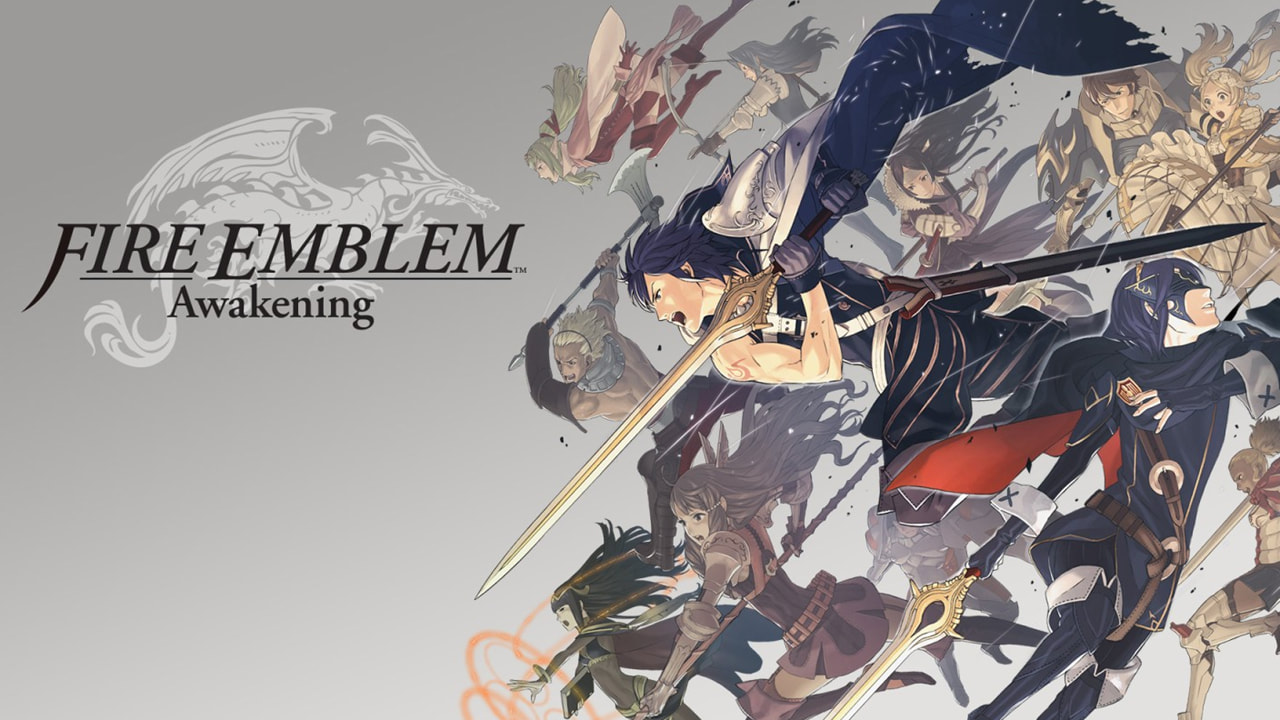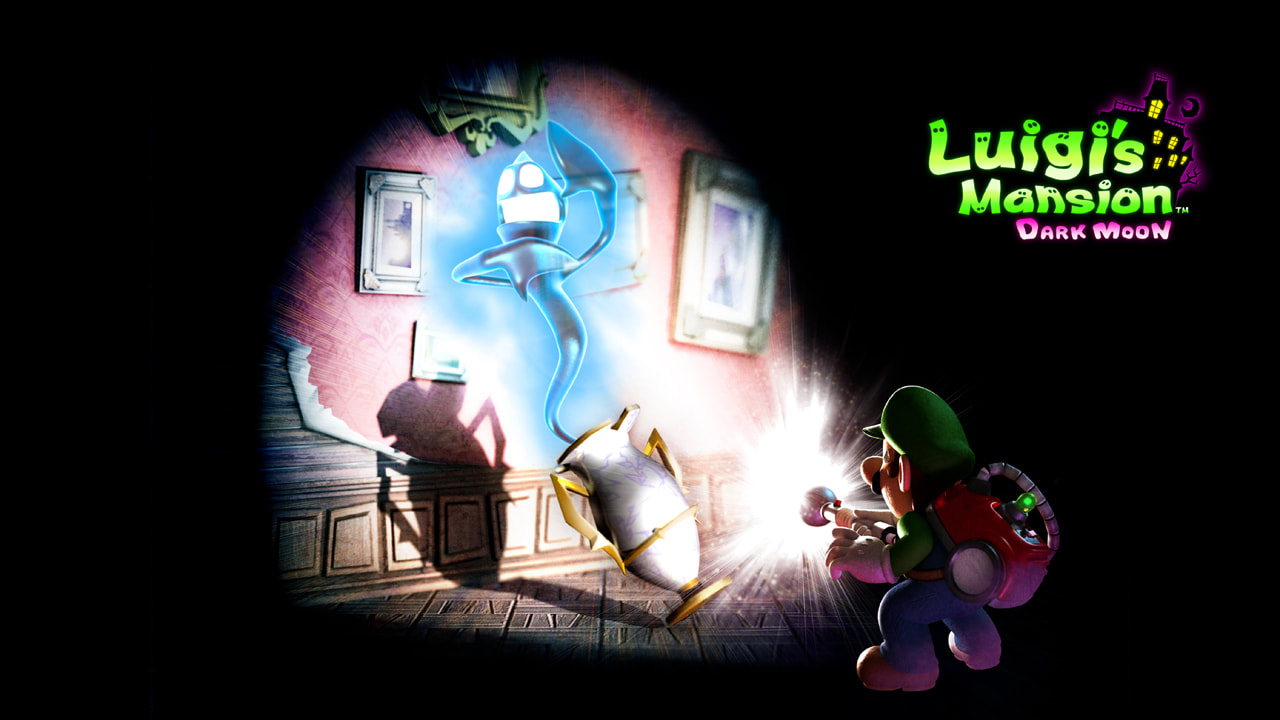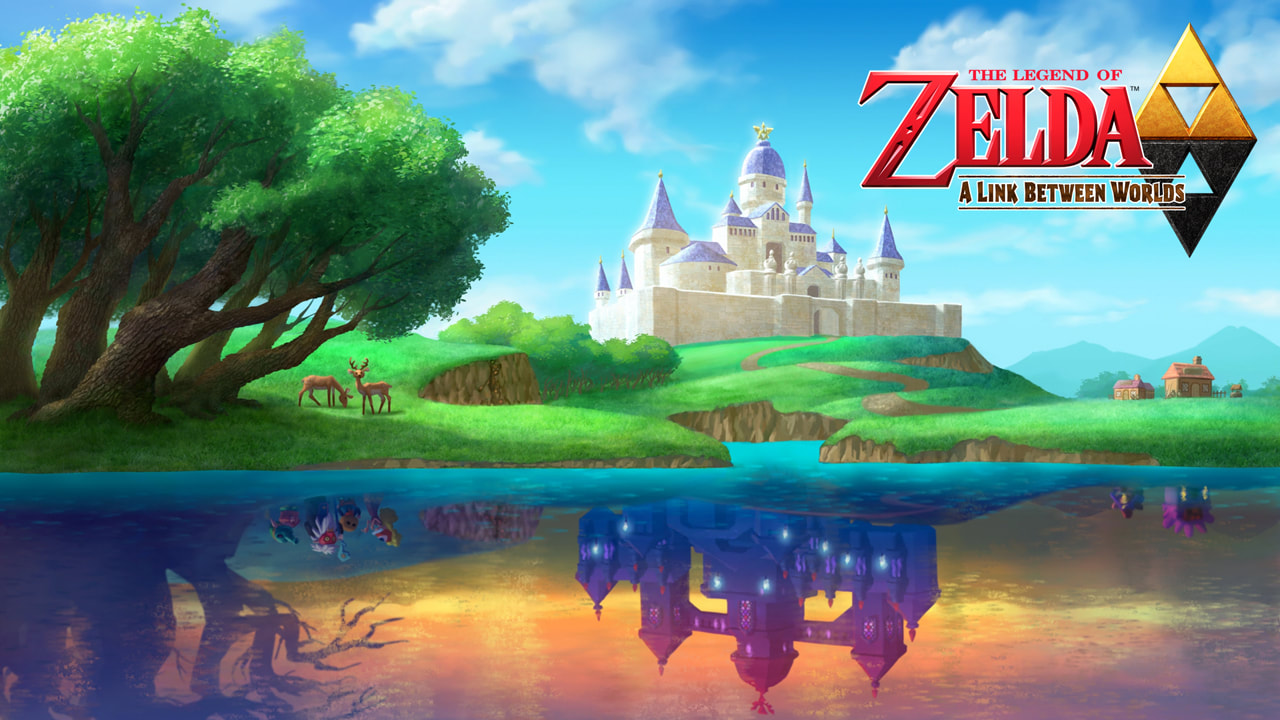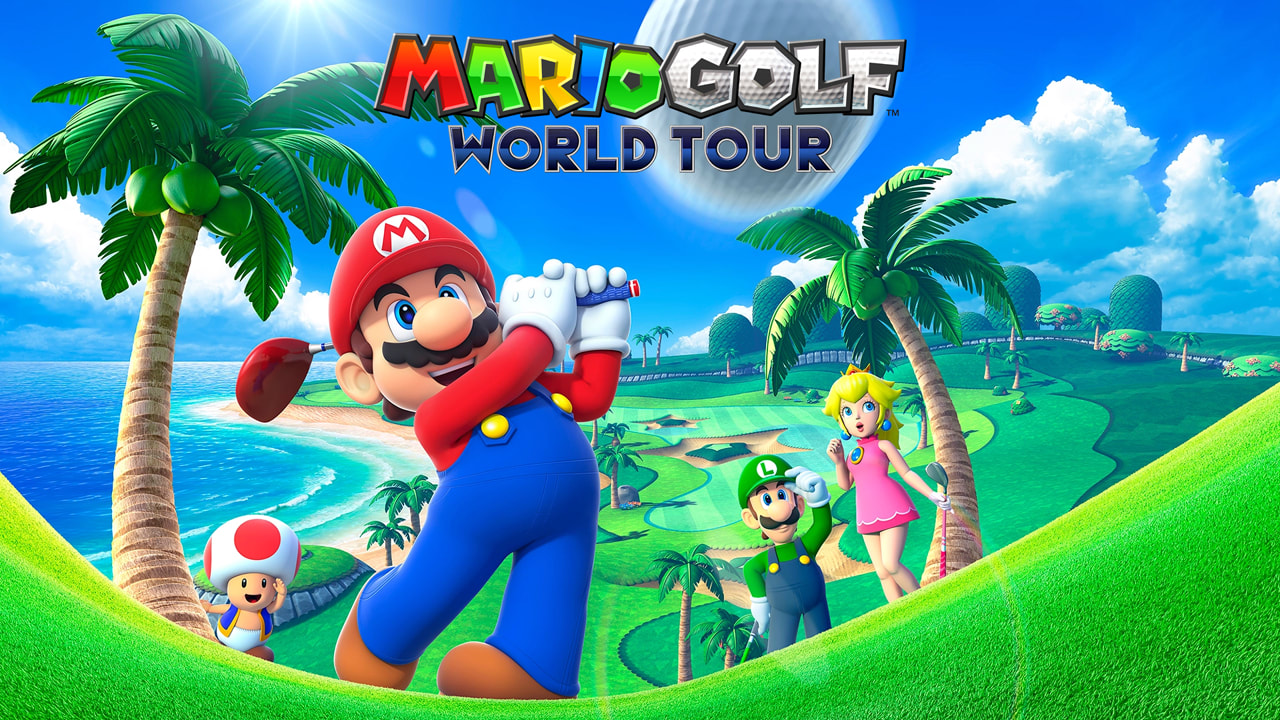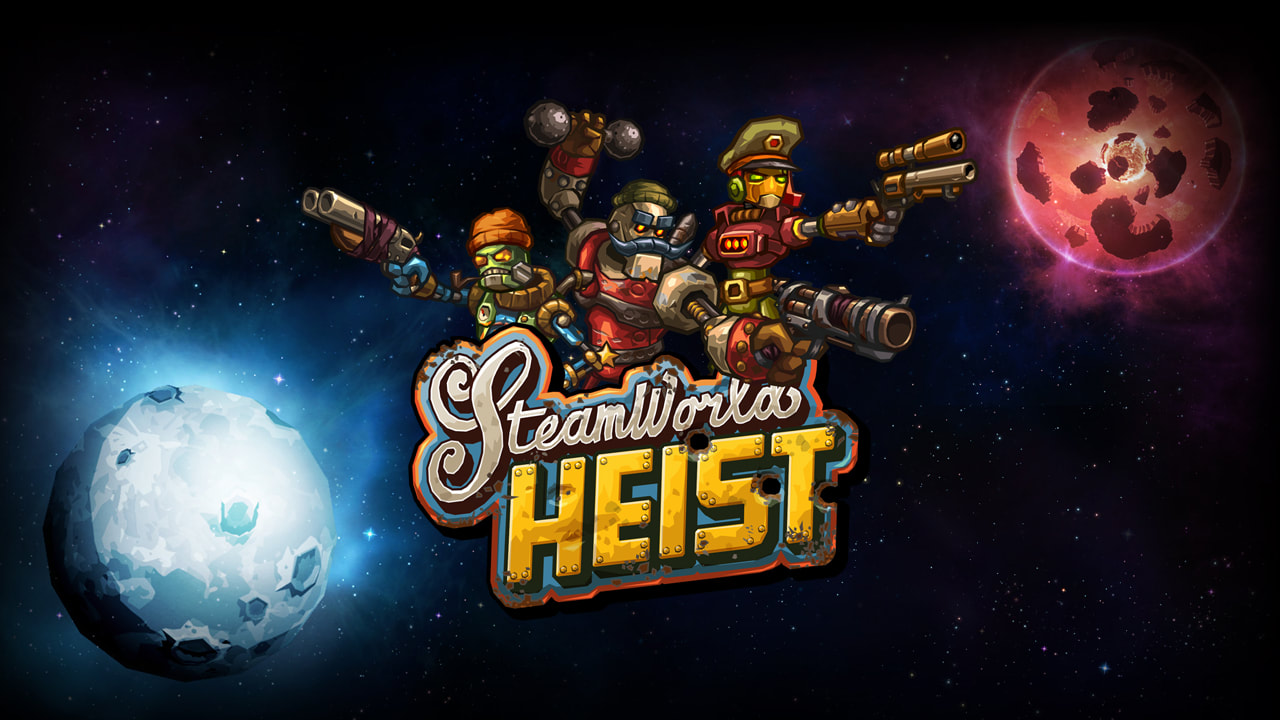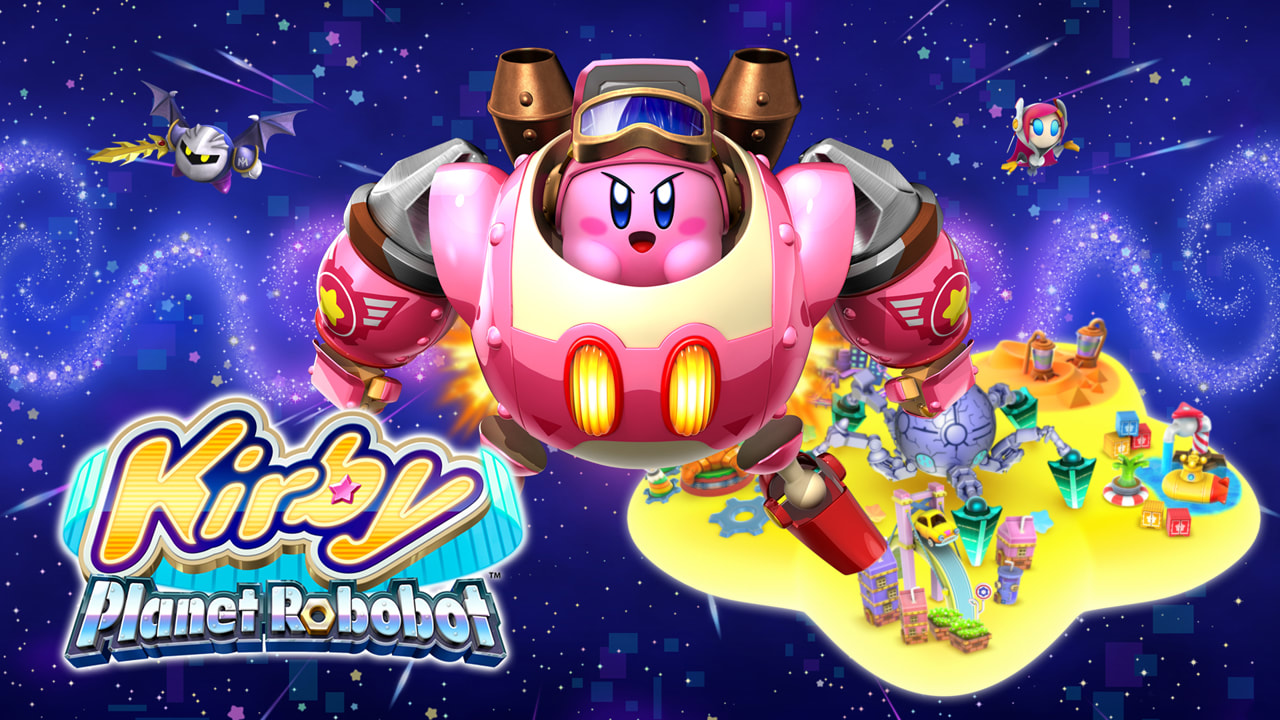For decades, Nintendo had invested in and experimented with various types of 3D tech, including their infamously ill-conceived Virtual Boy system, which they released to the public in the mid-90s (before quickly cancelling it within a year's time) Despite their failures with that much-maligned gaming device, Nintendo eventually opted to try one more time, with the successor to their wildly successful DS portable. In order to avoid one of the most common complaints associated with the vast majority of stereoscopic displays (the need for glasses), as well as to try and avoid any more disastrous product failures, Nintendo wisely invested in a somewhat novel approach for what would become their 3DS system. By utilizing a parallax barrier inside the screen of the 3DS, Nintendo was successfully able to generate 3D images completely free of the usual glasses requirement.
Despite this groundbreaking approach to 3D gaming, the 3DS, not unlike its earlier 3D predecessor, got off to a pretty slow start sales-wise (though not nearly to the extent of the Virtual Boy). Luckily for Nintendo, they were able to mostly turn things around with an early price cut and the announcement of incoming downloadable NES and Game Boy Advance classics for the system, some of which were made available at no cost to early adopters. The 3DS eventually went on to become a moderate success for Nintendo, selling more consoles than the GameCube and the N64 combined (though still only managing to move about half as many the record-holding original DS system). As would be expected of just about any Nintendo device, particularly one with such unique stereoscopic 3D capabilities, the 3DS boasted some pretty uniquely excellent games to match. Here are 12 of the very best titles that the 3DS had to offer.
like a 2D Mario game. Unsurprisingly, Super Mario 3D Land was a massive hit that went on to win several awards from various publications. It even spawned the hit Wii U (and Switch remake) sequel, Super Mario 3D World.
It featured a brand new single-player adventure that looked, sounded, and played pretty much just like a new numeric release would on a home console. Furthermore, the stereoscopic 3D effects were put to great use and really served to enhance the sense of atmosphere and dread. The included co-op mode was basically just icing on the cake. For these reasons, it's little wonder that the game had been ported to just about every other platform within a year and a half. But for over 14 months, the 3DS was the only place possible to enjoy this incredible title.
The sequel to their original DS title, New Super Mario Bros, 2 retains just about everything that made the first game such a huge success, but Nintendo decided to crank it all up to 11. Particularly with regards to the number of coins in the game. They are everywhere. To the point that I usually just refer to this game as "Super Mario Gold", rather than it's actual title. In fact, there was actually a special Gold Edition of the game that was released at one point. At any rate, the game was a hit, receiving warm reviews from the critics and also managing to become a top-selling title over the life of its console.
For starters, Rei Kondoh of famed sound production company, T's Music, was tapped to help score the game. Additionally, a manga artist and character designer for the No More Heroes franchise was brought in to help give the game a more distinctive art style. Finally, a casual mode was added in order to make the game more accessible to beginners.
Fortunately for the development team, (and Fire Emblem fans everywhere) their hard work paid off. Awakening was a pretty overwhelming success, being nominated for, and winning, several awards. More importantly, the title ended up well exceeding initial sales predictions, thereby solidifying the future of the series and eventually resulting in multiple additional entries (two of which also came to the 3DS).
Luigi's Mansion: Dark Moon was a superbly crafted follow-up that expanded on the original game in some pretty compelling ways, and even included a welcome co-op mode for up to 4 players. The game also made fantastic use of the stereoscopic 3D to really breathe life into its eerie, yet charming setting. Upon release, Dark Moon was an instant hit with critics and fans alike. In fact, the game was so incredibly popular that eventually a version was even created for the arcades. An incredibly uncommon occurrence in this day and age.
Using that title's existing game world to frame the story (though set many years later), A Link Between Worlds also borrowed many of the music tracks, designs, and gameplay elements as well. But many new elements and features were also created for the game, such as the unique wall-traversing graffiti transformation mechanic. This allowed the game to pay homage to and stir up fan nostalgia for the original title while simultaneously offering a nice mix of compelling new content and lore as well. Needless to say, The Legend of Zelda: A Link Between Worlds was quite popular when it was released and performed very well sales-wise. It even managed to pick up more than a few game of the year awards.
Whereas with Triple Deluxe, they played it a little safer, with a slightly more traditional affair (albeit with one or two pretty interesting new mechanics), HAL Laboratory dared to mix thing up a bit more with Planet Robobot, and to great success. These changes included a new mechanical theme, new bosses to battle, and even the ability for Kirby to utilize a mech suit. The title also included two pretty entertaining mini-games (one of which offered local multiplayer), for additional replayability and enjoyment. For these reasons, Kirby: Planet Robobot, along with the aforementioned Triple Deluxe (and the also charming Wii port, Kirby's Extra Epic Yarn), made the 3DS, not only another great system for Kirby fans, but arguably one of the best and most important systems a Kirby fan could ever own.
During the course of the 3DS's run, Nintendo released several variations of the portable which helped add to the system's overall profitability and longevity. Some of these different models included a larger-screened version, called the "3DS XL"; a later "New 3DS" system which featured various upgrades and additions including Nintendo Amiibo figurine communication capabilities, ZL/ZR shoulder buttons, and a C-Stick; and even a cheaper, more child-oriented 2D redesign which was rebranded as the "2DS". Just as they had when they first released the 3DS, in 2017, Nintendo did something groundbreaking again with the release of their next console. They released a system that would serve as a follow-up, not only to the 3DS portable, but to their Wii U home console as well. One product that could go back and forth, filling both roles, whether connected to the television at home, or taken and enjoyed on the go (though notably without any stereoscopic 3D capabilities). The aptly-named, Nintendo Switch.
Sadly for 3DS (and Wii U) fans, and for the first time since the release of their 2001 GameCube console, Nintendo's new Switch system offered no backwards compatibility of any kind. As if that weren't unfortunate enough, Nintendo also announced that they would shut down the online stores for 3DS (and Wii U) on March 27, 2023. Exactly 12 years to the day from the launch of the handheld system. Which means that going forward, the only way to obtain the fantastic titles that the 3DS had to offer is by buying the physical releases from online sellers and/or whatever few remaining retail stores that still carry them (and the prices are going up all the time). But for those who have the means (or access to an existing collection), the 3DS is well worth checking out. Not only for its historical significance, or its amazing stereoscopic technology, but for its unparalleled collection of top notch titles.

